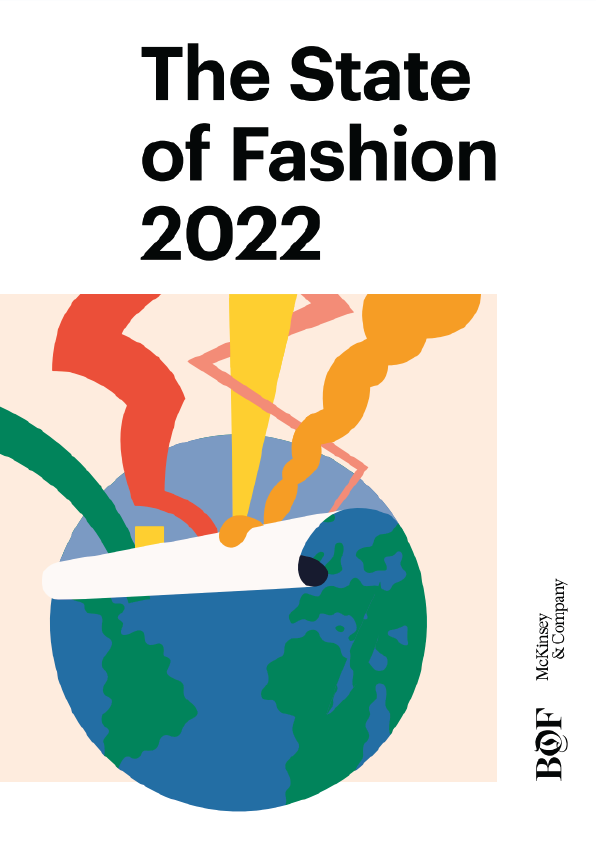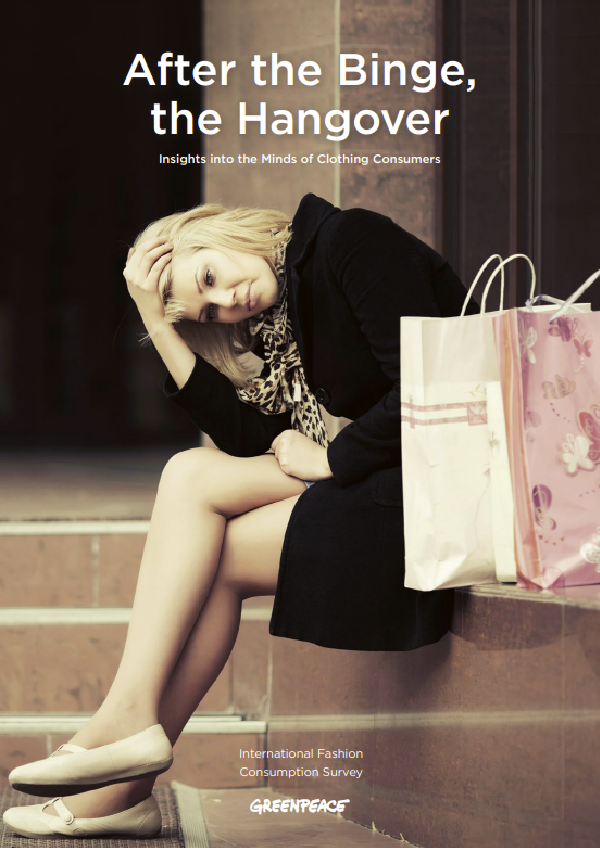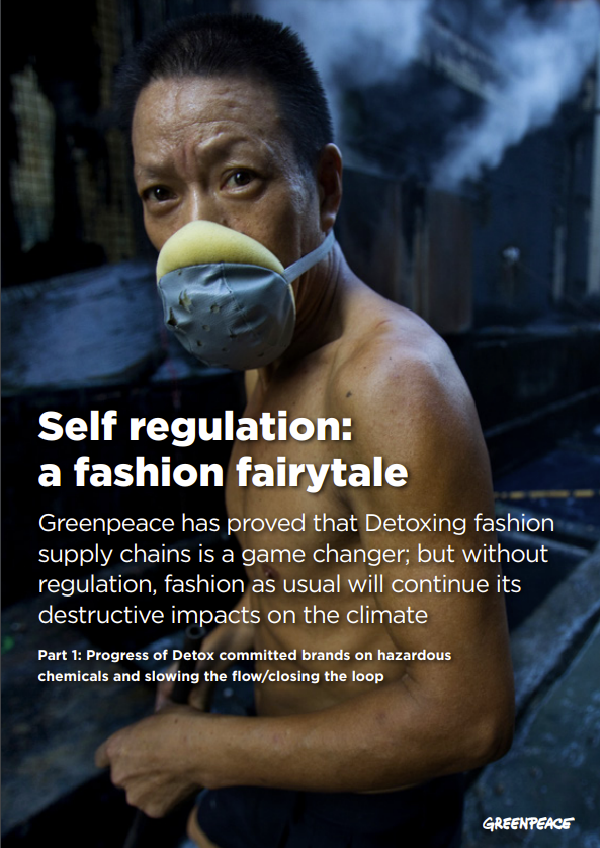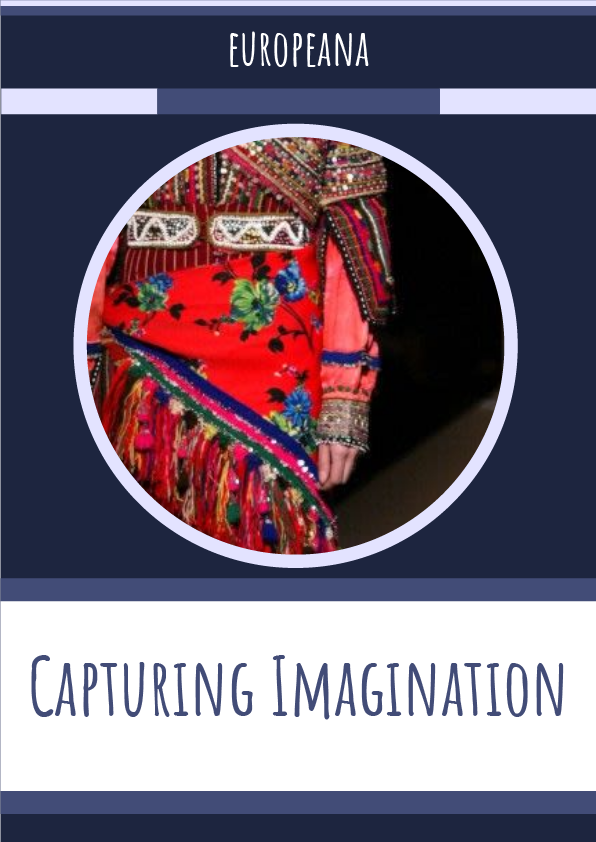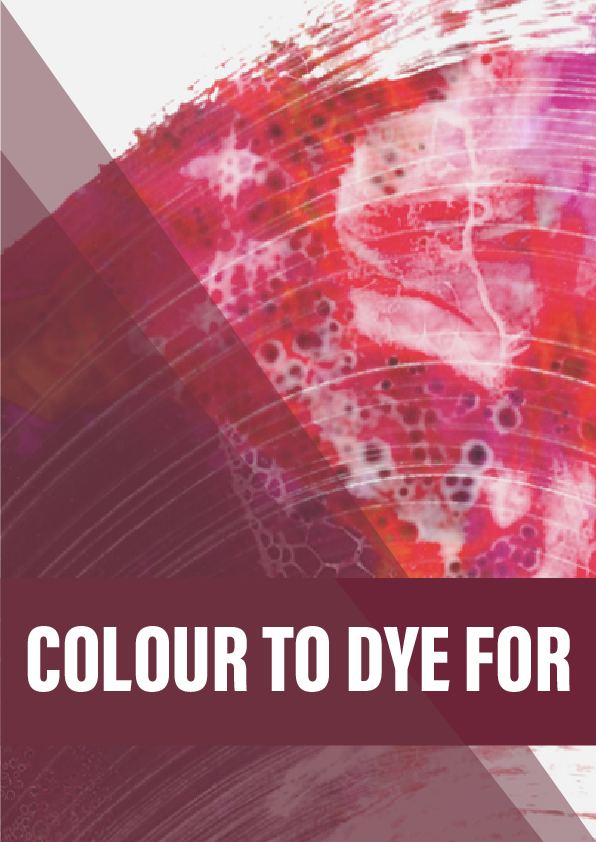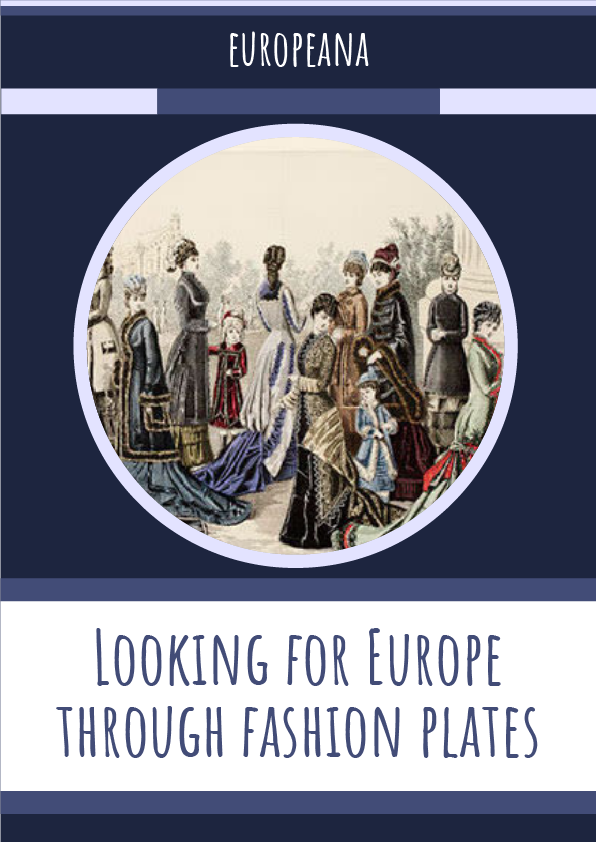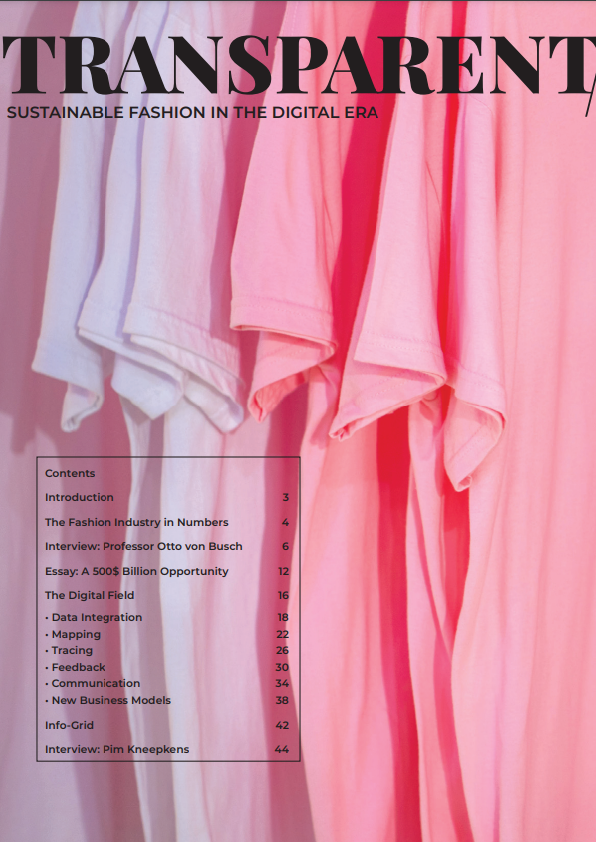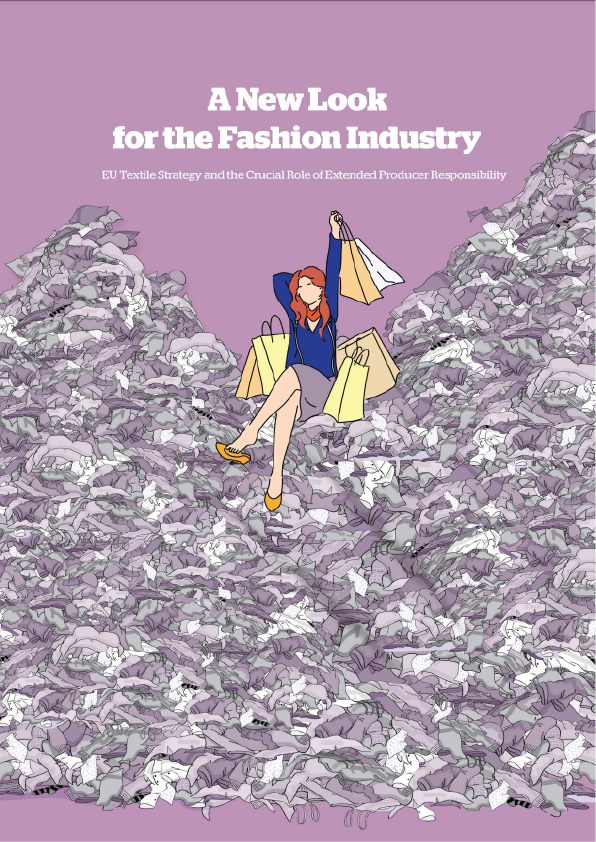Global Gains Mask Recovery Pains
With much of the world under Covid-19– related restrictions through 2020 and 2021, the global fashion industry has faced exceptionally challenging conditions. But after nearly two years of disruption, the industry is beginning to find its feet again.
Despite ongoing headwinds, there were signs by mid-2021 that things were taking a turn for the better, particularly in markets where vaccination rates were high. In the US, the release of pent-up demand created spikes of so-called “revenge buying,” leading to a growth spurt that echoed an earlier phenomenon in China. Return-to-work and occasion styles topped consumer shopping lists.
But the pandemic has only served to exacerbate inequalities in performance that have become a persistent theme over recent years. A small group of leading brands are equalling, and in some cases already surpassing, their pre-pandemic performance. This should not, however, be confused with a universal return to form. Large numbers of companies will continue to struggle to create value — and, in some cases, to survive — as the bruises of the crisis linger on.
The few brands that outperformed either played into the needs of the moment — comfort, outdoor activities and online shopping — or appealed to wealthier cohorts who were able to better weather the impacts of the crisis. Companies that couldn’t align with these market features tended to struggle, and the list of casualties grew longer as the pandemic continued through 2021. Indeed, the fashion C-suite has been an uncomfortable place to inhabit for much of the past year, illustrated by the rising numbers of takeovers and bankruptcies.
After a hiatus in last year’s edition of The State of Fashion, we return to our roster of fashion “Super Winners” — the top 20 listed companies by economic profit. The proportion of value destroyers (companies generating negative economic profit) in 2021 was higher than ever. Moreover, the losses of the bottom 80 percent in terms of value creation more than offset the profits of the top 20 percent.
This year’s Super Winners group is dominated by sportswear brands, luxury players and Chinese home-grown companies, all of which outperformed the wider market. From a geographic perspective, China recovered to 2019 levels of economic activity much faster than the rest of the world. Chinese demand was fuelled by appetite for local shopping, particularly in the luxury segment, as consumers who faced travel restrictions shifted to domestic alternatives.
Looking ahead to 2022, in aggregate, McKinsey Fashion Scenarios suggest global fashion sales will reach 96 to 101 percent of 2019 levels in 2021 and 103 to 108 percent in 2022. Still, while overall sales are expected to make a full recovery next year, performance will vary across geographies, with growth likely driven by the US and China, as Europe lags. In addition, as international tourism remains in the doldrums, the shape of consumption will continue to evolve, sparking a growing focus on domestic spending. In response, many companies will recalibrate their retail footprints, even amid uncertainty as to whether these pandemic-induced behaviour shifts will stick.
In the year ahead, discount and luxury fashion will continue to outperform, as recovery will be uneven across value segments, and the mid-market will be squeezed. Still, with economic growth and consumer sentiment improving in some markets, and many shoppers looking to refresh their pandemic-era wardrobes, growth will be top of the agenda for many brands.
The market environment, however, will remain complex with new challenges to address, amid logistical bottlenecks, manufacturing delays, high shipping costs and materials shortages. These will further inflate input costs and strain imbalances between supply and demand. The likely result will be higher prices for customers.
Despite widespread operational disruptions, the pandemic has done little to slow down the megatrends reshaping the industry. In fact, these have accelerated over the past year, with industry leaders making bold moves in digital, taking action on environmental and social priorities and focusing more sharply on diversity, equity and inclusion in response. However, concerns around slow progress in these areas, coupled with all-time high job vacancies, mean brands will need to work hard to attract and retain talent in the year ahead.
In a similar vein, fashion companies will need to ensure they are acting in the interests of all stakeholders — including customers, employees, contractors, investors and wider society. Many brands will push harder on circular business models, greener materials and more sustainable technologies. One breakthrough to support these initiatives is blockchain, which is the underlying technology for digital “product passports.” These contain coded information that can add value, support supply chain transparency and ensure authentication — a significant advantage tackling counterfeiting.
Online business models were a standout success story of the pandemic. We expect that companies will continue to invest in digital innovation and experiment with fresh approaches to creativity and commerce in 2022. Digital assets such as non-fungible tokens (NFTs), gaming “skins” and virtual fashion will edge closer to the mainstream, with some brands expanding into the digital “metaverse.” In-app social commerce will play an increasingly important role in sales and marketing. On the flipside, these opportunities will bring increasing threats of cyber crime and data loss, meaning companies will need to work hard on resilience in an increasingly risky digital landscape.
Are you interested with the topic? You can read through the book from the above.
